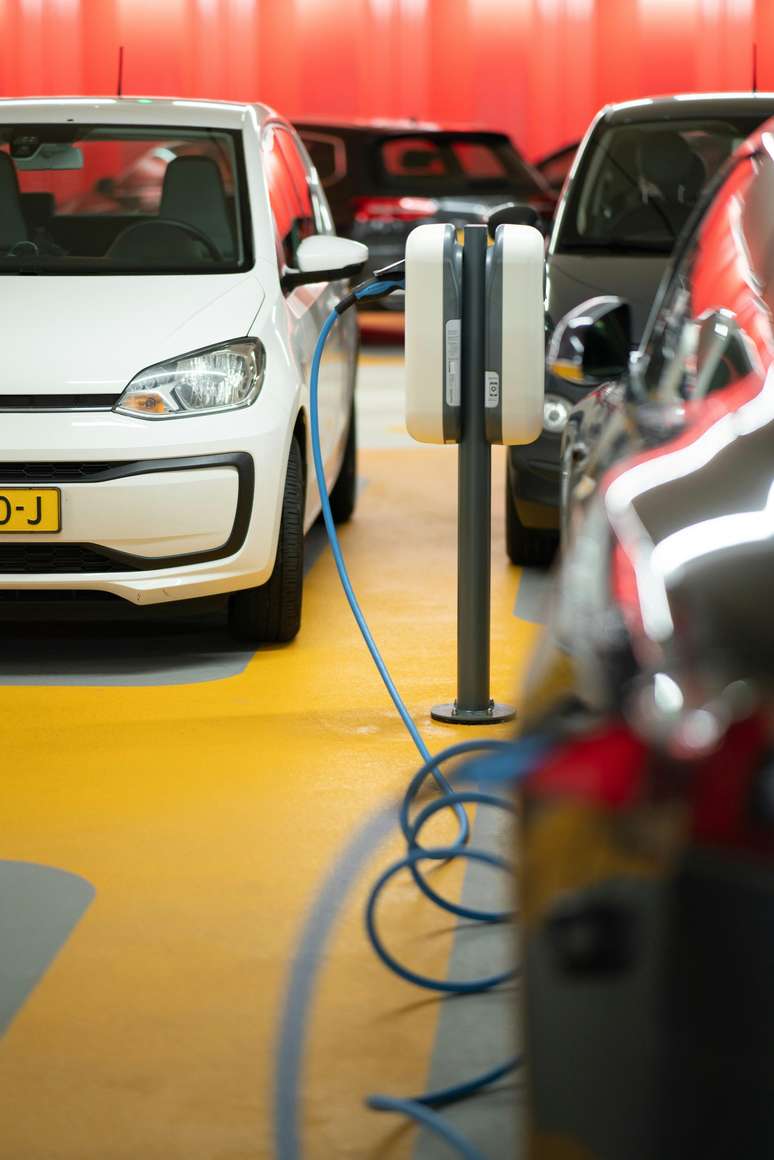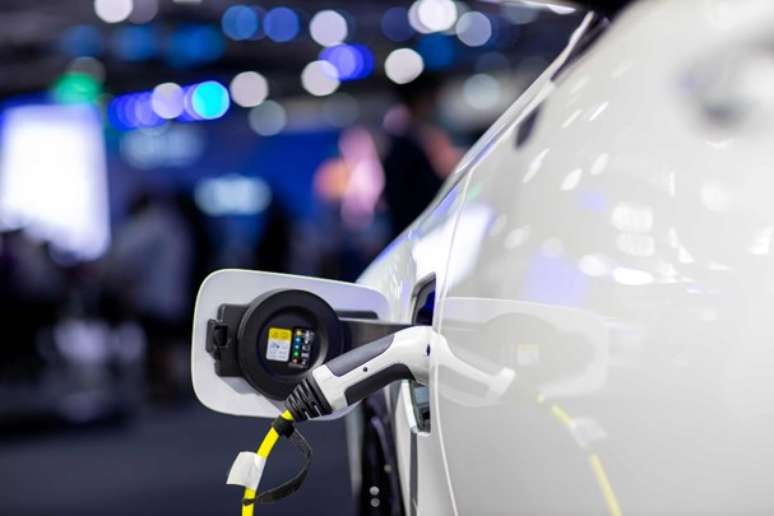The growth of the electric car fleet requires attention to charging systems, as improper use carries the risk of fires and short circuits.
Just look around and you will see that electric cars are increasingly present on city streets across Brazil. According to the Brazilian Association of Electric Vehicles (ABVE), sales of light electric vehicles in Brazil have reached a record level of almost 94 thousand units in 2023According to a report released by the IEA (International Energy Agency), the estimate is over 1 in 5 cars sold in 2024 will be electric. With this means of transport increasingly present in people’s lives, it is important pay attention to the safety rules regarding the correct use of the ‘heart’ of this vehicle: the battery.
The executive director of the multinational SolaX Power, Gilberto Camargos, warns against a practice that, if not implemented correctly, can cause both material damage, for example by endangering the safety of people -OR Using electric vehicles as a backup power source for homes.
“This practice is possible, however, to implement it it is necessary to use vehicle chargers that have the function bidirectional. This type of equipment allows not only to charge the battery of the electric vehicle, but also to extract energy from the car battery and return it to the grid when necessary, for example in the event of a power failure at home”, explains Gilberto.

1. Follow the manufacturer’s and ABNT’s instructions
Having the ability to use bidirectional charging in electric vehicles brings many advantages, but safety must always come first. “It is not advisable make any adjustment or connection that is not in accordance with the electric vehicle manufacturer’s instructions as a manufacturer of vehicle chargers. This practice is very dangerous: it can cause accidents or even damage the vehicle”, warns the manager.
It is also worth noting that the correct installation of vehicle chargers It is essential for the safety of users and the integrity of the equipment. In this context, the Brazilian Association of Technical Standards (ABNT) has published the ABNT NBR 17019:2022 standard, which specifies the requirements for fixed electrical installations intended to supply energy to electric vehicles.
2. Never install without calling a professional
Eduardo Nicol, operations director of Renew Energia, warns that it is important to carry out all procedures safely, in order to preserve property and life. “Many people believe that installing a car charger is enough to plug it into a power outlet, but this is not the case, because the electric vehicle will be charged in different weather conditions, whether it is rain or shine. And, often, it is necessary protect your vehicle and home from accidents such as fires“, warns Nicol.
Furthermore, the installation of the equipment must be carried out by trained professionals and qualified company.
3. Check the distances between the charger and the car
Another problem is to observe the distance between vehicles and the place where the charger will be positioned: today the standard used is this distance five meters.
4. Include safety facilities for children and animals
In addition to the location of the charger, it is important that the qualified technician includes a structure to prevent animals or children from coming into contact with the cablesas well as to protective box for the equipment.
“It is important to emphasize that chargers must be designed to be water resistant and have adequate insulation, as well as having a protection device to avoid electric shock. This will ensure safety for all possible uses,” he explains.
Source: Terra
Ben Stock is a lifestyle journalist and author at Gossipify. He writes about topics such as health, wellness, travel, food and home decor. He provides practical advice and inspiration to improve well-being, keeps readers up to date with latest lifestyle news and trends, known for his engaging writing style, in-depth analysis and unique perspectives.







![It All Begins Here: What’s in store for Tuesday, November 4, 2025 Episode 1299 [SPOILERS] It All Begins Here: What’s in store for Tuesday, November 4, 2025 Episode 1299 [SPOILERS]](https://fr.web.img6.acsta.net/img/04/37/04370e2b27de1bab0fc2e0f1f26bd36e.jpg)

